Compared to other dance types, contemporary dance is a relatively new dance form as it emerged in the arts community in the 1900s. Since contemporary dance is very current, it makes it one of the more exciting dances because it is dynamic with new creative innovators adding to the dance style.
Whether you are a beginner or a seasoned dancer, find below six facts about contemporary dance and what sets it apart.
1. Contemporary Dance Defined
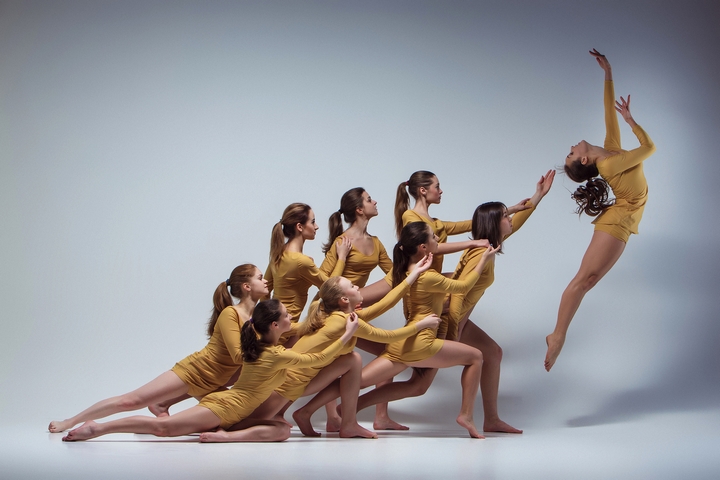
Contemporary is a style of dance that is expressive and combines jazz, traditional ballet, modern and lyrical dance forms. Unlike traditional ballet, which is known for its strictness, contemporary dancers aim to express themselves in a versatile, creative, fluid and liberal manner. An amazing component of contemporary dance is that the performers try to express their inner feelings through their movements.
2. History
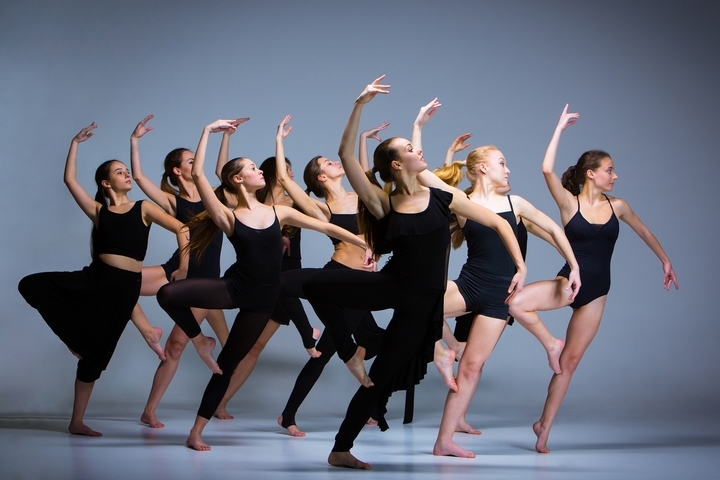
During the 1900s, dancers began to explore movements outside of classical ballet which is commonly known for its stringent form and style. Instead of following a defined dance structure, dancers began to use their bodies freely, a revolution at the time, leading to the creation of contemporary dance.
Jazz, modern and lyrical dance styles have influenced contemporary dance as well, shaping it to be what it is today. A number of influential dancers over the years have helped shape contemporary dance too.
Merce Cunningham is a notable dancer who is often referred to as the father of contemporary dance. Famously, Cunningham separated dance from the theatre meaning dance alone could project their own expressions without being connected to a specific story or idea.
3. Global Influences
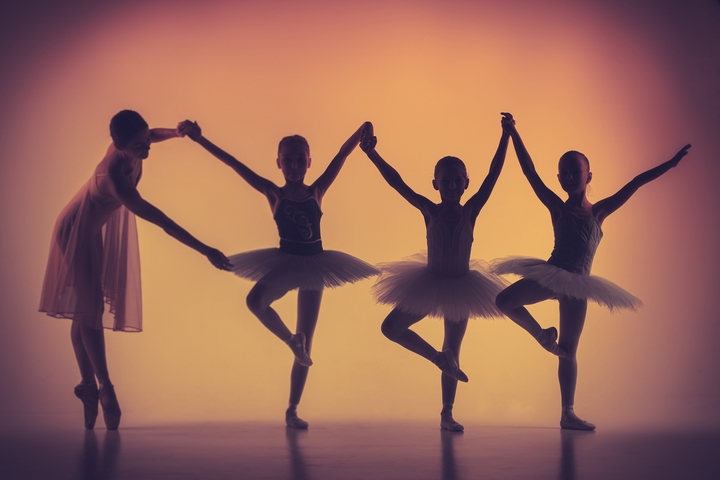
Part of contemporary dance history and creation is the influences which have shaped it over the decades. Western dance forms, such as ballet and jazz, have influenced contemporary dance, however, there are other international dance styles that have had an influence too.
African dance, Japanese Butoh, Native American Folk dance, Indonesian, South Indian dance and even yoga practices have all added to what contemporary dance is today. Despite contemporary dance being considered a western art form, it is a globally produced and influenced dance form.
4. Music
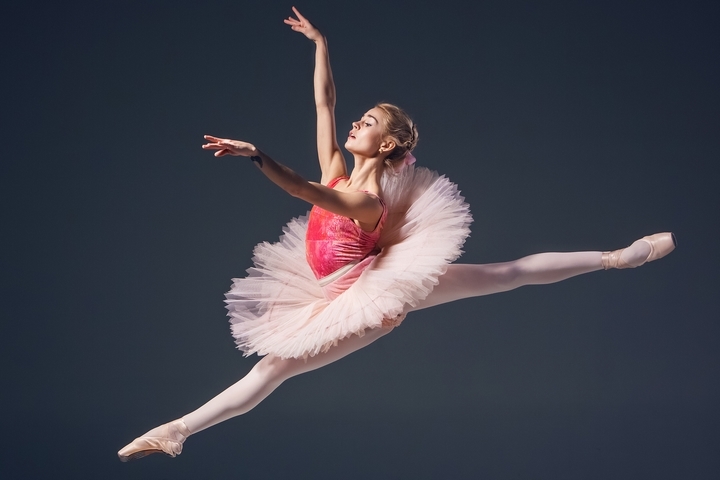
A wide variety of music can be used for contemporary dance pieces depending on what the choreographer and dancer is aiming to express. A special component of contemporary dance is that the music and dance do not have to match or be in sync.
Typically, simple music is selected because the dancer will be portraying the bulk of expression visually, the audio should not be too overpowering. The dancer should relate to the music in some way to give them inspiration for their movements.
5. Unique Choreography
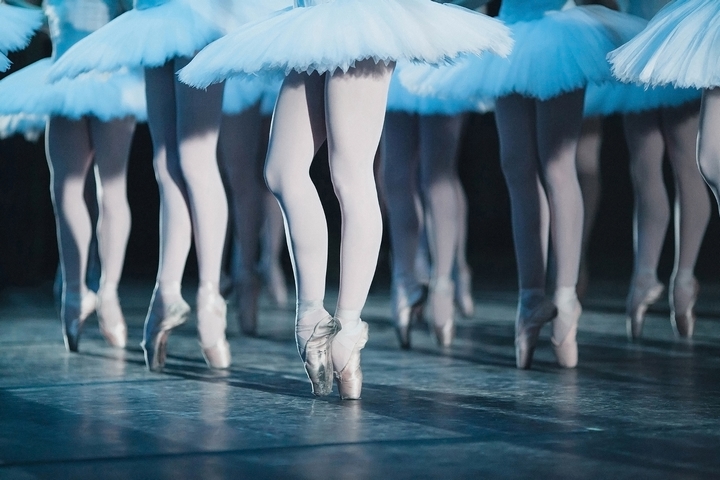
Traditionally, dances have been choreographed in a particular way which the dancer is taught to execute precisely. Contemporary dance uses this method of choreography, although, with some variation.
Some choreographers will leave elements of randomness in the dance where the dancer can improvise. The idea behind this randomness is that the dancer will move freely in the moment of the performance thereby portraying the emotion behind the piece freely. This technique can be honed and polished through taking dance classes.
6. Ideologies behind Contemporary Dance
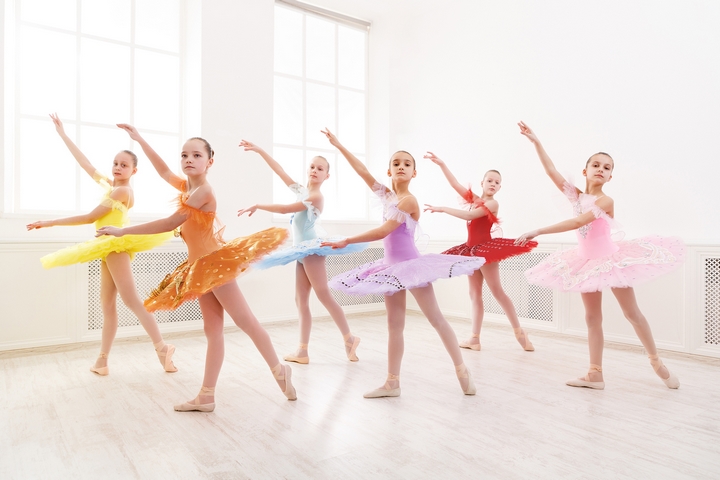
Most dance styles focus on the aesthetics and appearance of the movements but do not implement a deeper meaning. Contemporary dance does the exact opposite. Often, contemporary dance pieces have big overarching theme which makes the viewer think and feel something.
Ethical values, freedom, acceptance of self and others, and opening of the mind are common expressions of contemporary dance that the viewer will experience. As contemporary dance is still dynamic, new styles and emotions will arise as involved creative people introduce their concepts to the world of dance.
